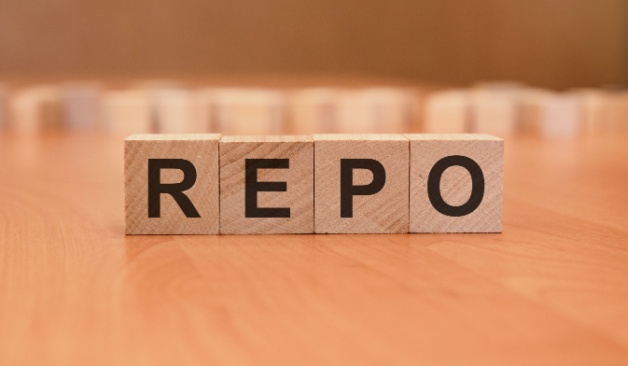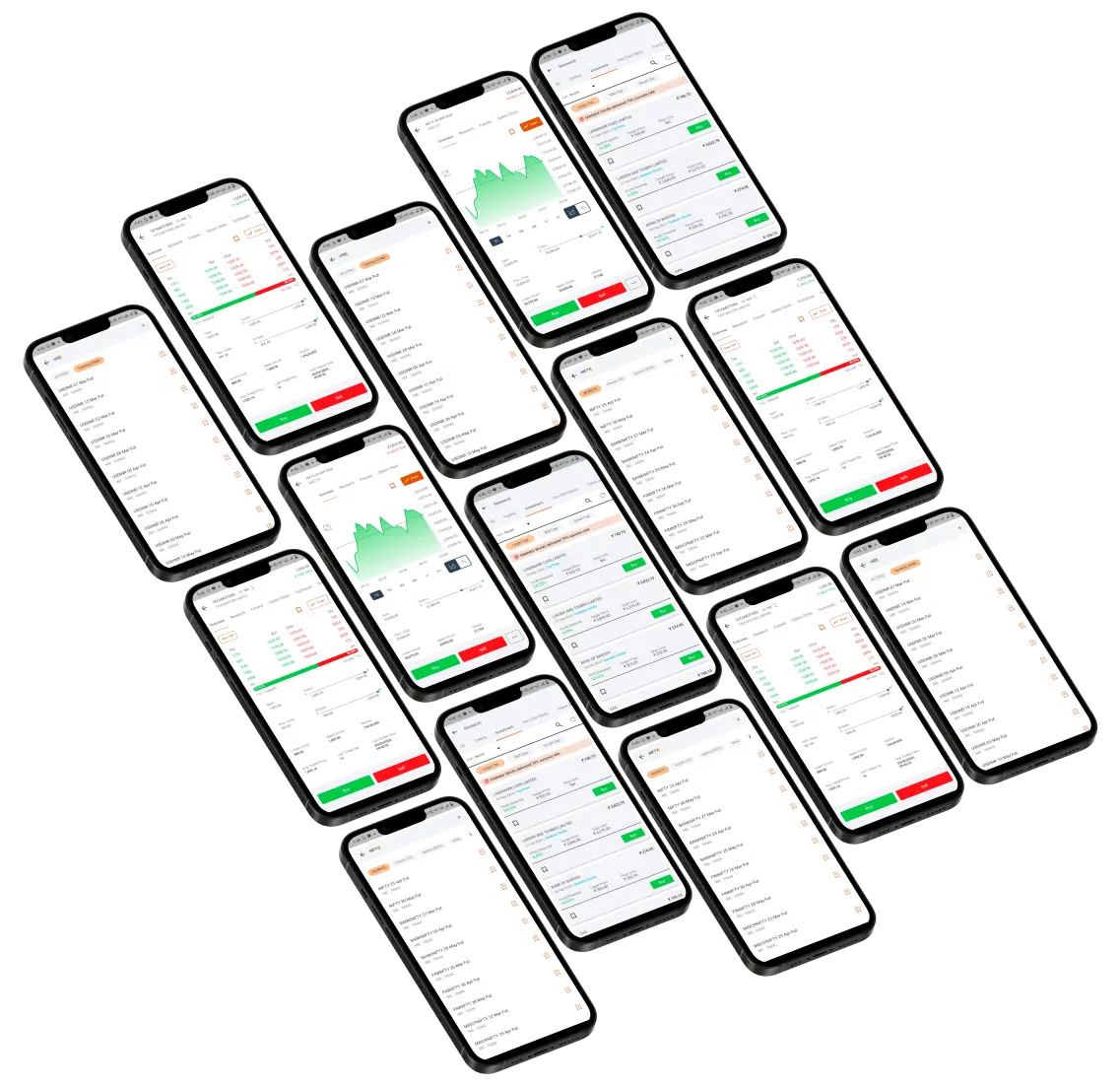
RBI Cuts Repo Rate by 25 bps to 6% - Reason and Impact
The Reserve Bank of India (RBI) announced a 25 basis points (bps) reduction in the repo rate on 9th April, 2025, bringing it down from 6.25% to 6%. This reduction marks the second consecutive rate cut this year. The rate cut is also accompanied by a shift in RBI’s monetary policy stance, changing it from "neutral" to "accommodative".
Why RBI has Cut the Repo Rate?
Multiple factors have influenced the RBI's decision to cut the repo rate:
- Escalating Global Trade Tensions: Global economic uncertainties fuelled by the U.S. administration's decision to impose reciprocal tariffs, China’s retaliatory tariffs, and the threat of additional tariffs on Chinese goods have played a part. Rate cuts help boost domestic demand and offset global headwinds.
- Impact on India's Economy: The escalating trade tensions are expected to adversely affect India's export sector and impact its overall economic growth. Furthermore, the Indian economy is experiencing a slowdown as reflected by a dip in GDP growth. Recognising these potential challenges, the RBI has proactively adjusted its monetary policy to alleviate the anticipated slowdown.
- Inflation Ease-Off: India's retail inflation has been on a declining trend, providing the RBI with the flexibility to implement such rate cuts without the immediate risk of fuelling inflationary pressures.
Impact of Repo Rate Cut
The reduction in the repo rate is expected to have several implications:
- Revitalising Economic Growth: Lower interest rates can make borrowing more affordable for consumers and businesses alike, likely leading to a boost in spending and investment. A rate cut, thus, can help invigorate economic activity.
- Improving Market Sentiment: The RBI's “accommodative” stance could bolster investor confidence, signalling the central bank's commitment to supporting growth amid global economic uncertainties.
- Sectoral Benefits: Industries such as real estate and infrastructure, known to be sensitive to interest rate changes, are likely to experience positive effects due to reduced borrowing costs.
Conclusion
The RBI's decision to bring the repo rate down by 25 basis points and adopt an accommodative stance underscores its proactive approach to dealing with challenges posed by global trade tensions as well as the economic slowdown. While the move aims to stimulate growth and bolster economic stability, its effectiveness will depend on various factors, including the trajectory of global trade relations as well as the domestic economic indicators. In any case, we at ICICI Direct will continue bringing you more updates and breakdowns on key developments concerning the economy and the stock market alike.
Additional Read: Impact of RBI's Repo Rate on Stock Market










